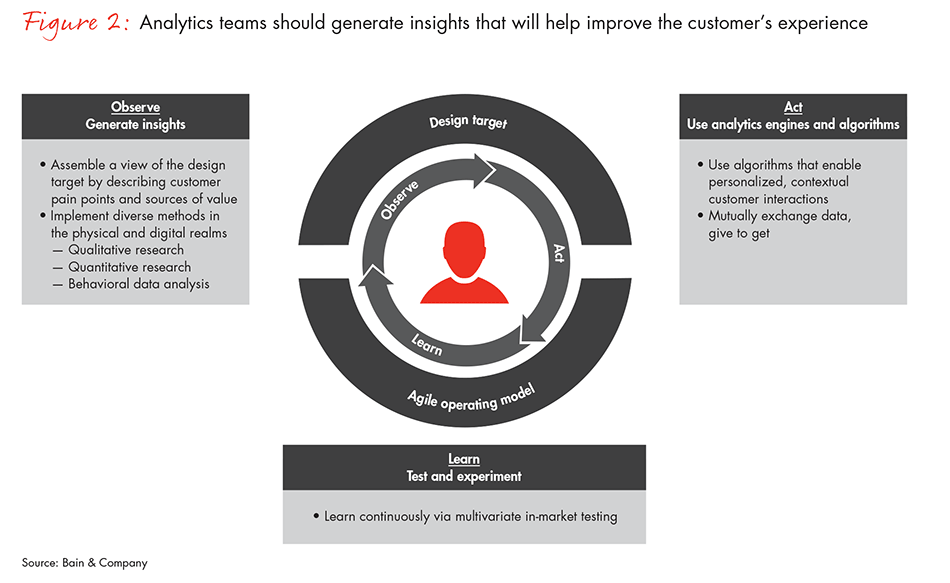Cupid's Hookup Guide
Unlock the secrets to modern dating with our insightful tips and advice.
Loyalty Retention Analytics: Your Secret Weapon for Customer Happiness
Unlock customer happiness with loyalty retention analytics! Discover how data-driven insights can boost your business and keep customers coming back.
Exploring the Impact of Customer Loyalty on Business Growth
Customer loyalty is a crucial element that significantly contributes to business growth. When customers develop a strong connection with a brand, they are more likely to return for repeat purchases and recommend the business to others. According to a study by Harvard Business Review, increasing customer retention rates by just 5% can lead to a profit increase of 25% to 95%. This loyalty not only reduces marketing costs but also enhances the lifetime value of each customer.
Furthermore, businesses that prioritize customer loyalty often see a ripple effect on their overall brand reputation. A loyal customer base provides valuable feedback that can help businesses refine their products and services. In a competitive marketplace, establishing a solid foundation of trust with customers can be a decisive factor. Here are a few strategies to enhance customer loyalty:
- Implement loyalty programs that reward repeat purchases.
- Engage with customers through personalized communication.
- Solicit and value customer feedback.

Counter-Strike is a popular first-person shooter game that pits teams against each other in a variety of competitive scenarios. Players can choose to play as terrorists or counter-terrorists, engaging in intense firefights and strategic gameplay. For those looking to enhance their gaming experience, using a clash promo code can provide players with additional resources and advantages in-game.
How to Use Data Analytics to Enhance Customer Retention Strategies
Data analytics plays a crucial role in enhancing customer retention strategies for businesses of all sizes. By systematically collecting and analyzing customer data, companies can identify patterns and trends that reveal customer preferences, behaviors, and pain points. Utilizing tools like customer segmentation allows businesses to tailor their marketing efforts, delivering personalized experiences that resonate with different demographic groups. This targeted approach not only increases the likelihood of repeat purchases but also fosters a stronger emotional connection between the brand and its customers.
Moreover, leveraging predictive analytics can significantly improve customer retention. By analyzing historical data and employing machine learning algorithms, businesses can forecast customer behavior and identify at-risk customers. For instance, by noting decreases in engagement metrics such as purchase frequency or website visits, companies can proactively reach out with personalized offers or support. To implement this, consider the following steps:
- Collect data from various customer touchpoints.
- Analyze patterns to identify trends in customer behavior.
- Segment customers based on their interactions and preferences.
- Develop tailored communication strategies targeting different segments.
What Metrics Should You Track for Effective Loyalty Retention Analytics?
When it comes to effective loyalty retention analytics, tracking the right metrics is crucial for understanding customer behavior and identifying areas for improvement. Key metrics to consider include customer lifetime value (CLV), which measures the total revenue a business can expect from a single customer over their lifetime. Additionally, monitoring repeat purchase rate can provide insights into how frequently customers return to make additional purchases. Other important metrics include net promoter score (NPS) to gauge customer satisfaction and churn rate, which helps in identifying the percentage of customers who discontinue buying over a specific period.
Another vital aspect of loyalty retention analytics is analyzing engagement metrics. This includes tracking user interactions such as email open rates, click-through rates, and social media engagement metrics. Furthermore, segmentation analysis allows businesses to tailor their retention strategies based on customer demographics and preferences. By integrating these various metrics into a comprehensive analytics strategy, businesses can develop targeted campaigns that not only enhance customer loyalty but also drive sustainable growth.